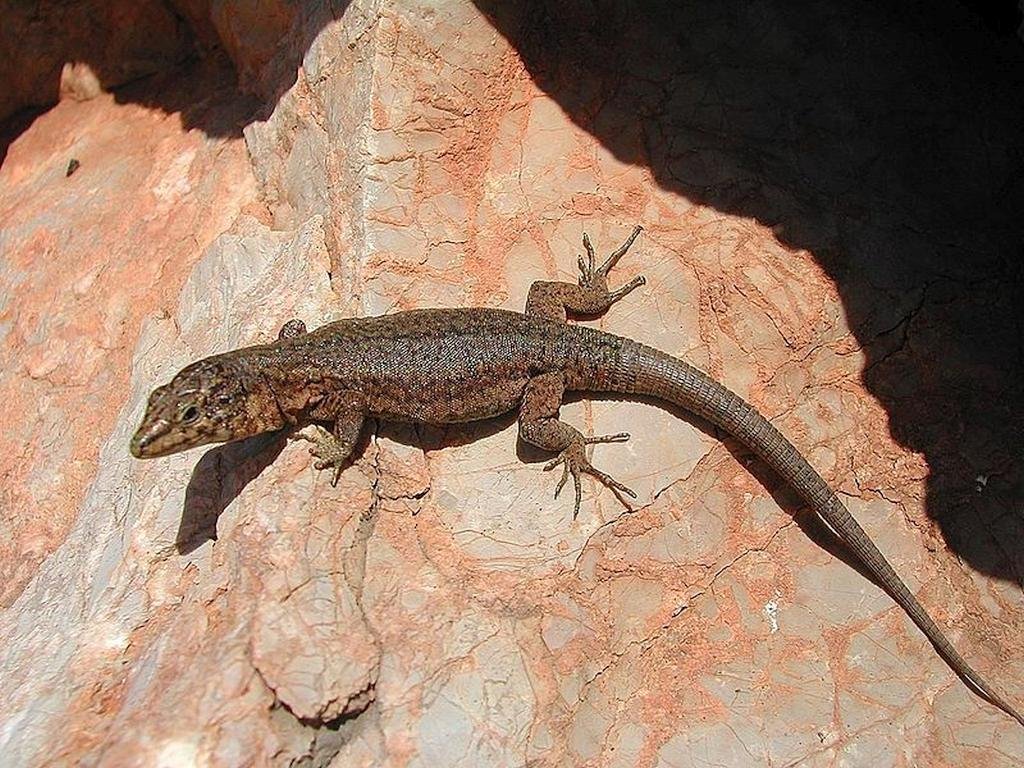Field work for the first national genetic census of the Cantabrian brown bear.
The autonomous communities of Galicia, Asturias, Cantabria and Castilla y León, in coordination with the Ministry for the Ecological Transition and the Demographic Challenge (MITECO), have completed the field work of the first genetic census of the Cantabrian brown bear, which will now continue with the genetic individualization work by the University of Barcelona. Field … Read more



